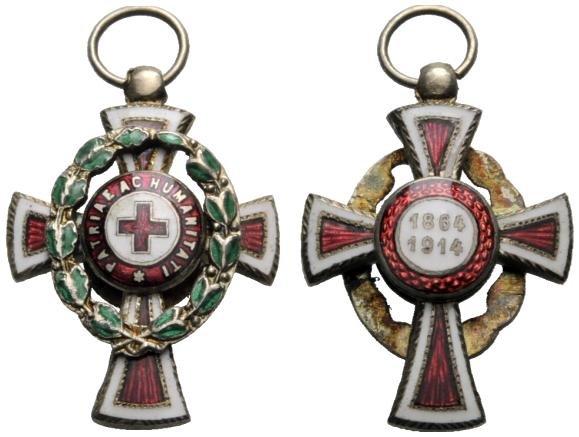
tifes
Active Contributor-
Posts
201 -
Joined
-
Last visited
-
Days Won
3
Content Type
Profiles
Forums
Blogs
Gallery
Events
Store
Everything posted by tifes
-
No, never. Always on this one, which is officially named "ribbon of Military Merit Cross" (in case of orders/ decorations awarded to officers)
-
Hi Graf, Sorry obviously I wasn´t clear enough. I dare to say that I am quite well advanced collector of Austria/ Austria-Hungary till 1918 (Bulgarian order was just "coming by and stayed") and Schwerdtner never produced anything from order/ decoration department in this sector. He was skilled engraver and medalist. Originally he was military cartographer but then he developed an interest in engraving and was student to famous Austrian engraver F. Jauner and medalist W. Seidan. Till 1918 he was active in this field, making plaques and medals but he we was never engaged in phaleristcs, except Bulgaria. Probably he won some contract there, but this I can´t confirm. Regards, tifes
-
Dear lautentis, never seen Schwerdtner´s made Austrian decoration, just Bulgarian one and always in high-end quality, like Graf mentioned. Your post reminds me that I still have this "renegade" in my Austrian collection. Regards, Tifes
-
Austria-Hungary ID Weird A-H Flying badges
tifes replied to Luftmensch's topic in Austro-Hungarian Empire
It looks like good, privately purchased piece with dedication to me, certainly not awarded, but fine one. On the reverse "Gut Land" (wish for a pilot for his save return) but I can´t decipher "F" word before 1916. Sorry, maybe somebody else... -
M1915 Navy Seaplane Badge / Seefliegerabz.
tifes replied to Luftmensch's topic in Austro-Hungarian Empire
When did you acquire this badge? Lately? I am positive that´s fake, however with quite sophisticated hallmarks/maker´s mark, which are improved by fakers as time goes on. As Simius Rex wrote, just 50 badges made and only 23 awarded (fate of the rest 27 unknown). Official maker was company Franz Thill & Neffe. AH War Ministry insisted in its order to the company that pieces must be made of hallmarked silver. Original pieces have normally on the reverse side in the tip of right wing "AZ" for maker´s mark, "A" and "Windhundkopfpunze" for silver. Needle is totally different, as well as the hinge. Argument that´s private piece made by VM (famous Viennese maker of orders and decorations till its bankruptcy in 1922) would be acceptable if the quality of manufacture would correspond to it. Red enamel on the front is "plain", without so-called "Flinkierung" (working technique in enameling; The base is engraved or guilloche and then covered with a transparent enamel), seagull and crown are attached by some strange wire hooks. Hallmarks and maker´s mark look quite good on the first sight (expect that "Dianakopf"), which is the main catch for less advanced collectors, who don't see the hook for the bait. -
Austria-Hungary Cannon Cross (Austrian Army cross, 1813-1814)
tifes replied to Owen's topic in Austro-Hungarian Empire
Obviously I can´t top Enzo´s named piece and "Prototype" but my little contribution to the debate. One of the named pieces of „better people“…Reichsgraf Johann Ernst Hoyos von Sprinzenstein. In 1814 a Lieutenant colonel and deputy commander of Infantry Regiment No. 49 (IR 49) “Baron von Kerpen”. Later very high Imperial Court official (Obersthof- und Oberstjägermeister), FML (1838), knight of Golden Fleece Order (1840) and at the of 70 the first commander of Viennese Militia (Nationalgarde) in revolution year 1848. -
Austria-Hungary ID Weird A-H Flying badges
tifes replied to Luftmensch's topic in Austro-Hungarian Empire
5800 EUR hammer price means 7100 EUR in total (with fees). Now congratulation to the new owner would normally follow but to avoid a sarcasm I would rather skip it... -
Austria-Hungary Military Order of Maria Theresa
tifes replied to Megan's topic in Austro-Hungarian Empire
Hi Igor, are you asking about knight-MMTO on your last pictures? Modern copy from 1990s/early 2000s, probably of Hungarian origin. That first knight-MMTO (sold in Vienna) would be of the same (or similar) provenience. Nothing to do with privately purchased MMTOs in 1920s (awarded after 1918 by MMTO Chapter but without decorations handover; consequently this practice was changed and all after-1918 MMTO recipients were entitles to get their crosses from Arsenal´s deposit). Regards, Tifes -
Question: How many Karl Truppen Crosses can a recipient earn?
tifes replied to Claudius's topic in Austro-Hungarian Empire
Oh, sorry. I overlooked the number (Georg IV not George V) and you are right! I found on some free sources on Internet that he should have received both, Spanish and Austrian as Prince Regent (since 1810, his father George III was mentally ill) but Austrians were faster and his Spanish Toison d´Or thus became null and void and he never received it. I can only assume that it was the same as in case of Duke of Wellington (first Protestant in Spanish branch) while he was nominated by Chancellor Prince Metternich himself and Emperor Franz I/II was fine with that. I would say that extraordinary times require extraordinary solutions however this should be an exception in Austrian branch, which did not become a usual practice like by the Spanish branch. Nevertheless, it´s very interesting... -
Question: How many Karl Truppen Crosses can a recipient earn?
tifes replied to Claudius's topic in Austro-Hungarian Empire
No, it´s OK. War of the Spanish Succession (1701-1711) led to the division of the Order. There are 2 branches till today, Spanish and Austrian. First non-Catholic (Protestant) admission to the Spanish branch was Duke of Wellington (as an appreciation of his liberation of Spain but still it required the consent of the pope then). Consequently it took "more liberty" (Protestant, Orthodox) and it ended up by the admission of non-Christian knight to the Order (King of Thailand). Austrian branch remains strictly Catholic. Best, t. -
Hi, To some particular points: I see your point about 407 FML now. I didn’t count in FMLs activated for the war period as I’ve mentioned only 119 active general officers (those serving in military duties in the war) as those who were primary considered for German decorations, like both classes of EK. However, it might have happen that some of war-activated FMLs could also receive EK, when they saw battlefield or even for their good conduct in homeland rear service, appreciated by German ally. That´s also true. To the points made by Christian: There is nothing to add. Once again my point about FML von Soretic, because this whole discussion is about EKII on the uniform of still unknown/unconfirmed general officer who might be FML von Soretic. Coming from my phaleristics experience, I have couple of (active) general officers´ estates in my collection and all of them had at least EKII. So I am only repeating myself now: There is very high chance (very much more likely than unlikely) that FML (since June 1918, till then GM) von Soretic as commander of infantry division with very good results on Italian front received EKII. That was my whole point. t.
-
Dear Ian, About FML: I don’t know exactly where you´ve found information about 407 FMLs but in 1918 (at the end of the war) there were 119 officers in rank of FML (all branches: kuk Heer, kk Landwehr, ku Landwehr/Honvéd, K. K. Gendarmerie), including 4 brevet FML and one on retirement. This is info from official “Schematismus” books from the period. Even with promoted, non-active, out of active duty, on retirement officers this number is too high, in my honest opinion. To the EK awarding to AH military personal as main ally partner (and vice-versa MVKs to German military personal): In this respect I would recommend the book “Heldenwerk 1914-1918” from J.C. Steiner, page 14-15. “Exchange key” was final agreed in April/May 1915. Enlisted personal and NCOs: Silver Bravery Medal 2nd Class for EK II and Silver Bravery Medal 1st Class for EK I, however the soldier/ NCO had to be under direct command of his ally (German soldier under AH commanding officer and AH soldier under German commanding officer), so in reality this basically (almost) never happened. So what was a real exchange key? The problem was on AH side, which insisted that EK (both classes) as primary German bravery award, could be awarded only to AH officers (in German army every soldier was entitled to get both classes, regardless the rank) and so EK II corresponded to MVK 3rd class (with war decoration) and EK I to MVK 2nd Class (with war decoration). There was mockery on both sides. German officers were not happy that they would get “something of 3rd class” (as 2nd class was only for higher ranks - Colonel/GM) and AH officers made jokes that while Germans are getting fancy enameled decorations looking like order they are getting some tinny crosses. Enlisted/NCOs exchange rule was Bravery Medals (usually 1st Class, very scarcely Gold one) for KVM (Kriegsverdienstmedaille). It concerned mostly soldiers/NCOs fighting side by side, mostly on East front and Italian front + famous NCOs like aerial aces and submarines crew members (mostly on AH side, because for instance German flying aces were officers). To the numbers: AH officers received in total 7.478 EK II and 341 EK I. It´s very much true that numbers of awarded EK I is quite low compared to EKII as EK I was kept only for very high commanding officer till end 1917 (numbers: 1914 - 5, 1916 – 49, 1917 – 88 and 1918 – 144), but then to boost morale German command decided to award EK I to AH “Truppenführer”(officers commanding brigade and higher, so basically it could be even a colonel). As you can see numbers of awarded EK I in 1918 is almost doubled to 1917 and tripled to 1916. Conclusion: I do not know where you numbers are coming from but FML without EK II would be very strange (he had to be very disrespectful to German allies, saying something or acting by very improper manner which would offend German officers) as this decoration in AH army (any branch) was normally received since the rank of major, in some cases even captain (like flying aces, submarine commander Ritter von Trap received in such rank even EK I). EK I was varying in the course of the war, but FML, who had been very often commanding the army corps (Soretic was commanding “only” division, that´s true but still) was perfectly eligible to receive such decoration. As I stated above, at the very end phase of the war EKI was given even to some brave colonels and GMs. I don’t have any info about German decorations of FML von Soretic but coming from these facts I would say EK II for sure and EK I maybe. I am sorry if I was too long… t.
-
Gentlemen, first picture in better resolution (I hope). It shows GdI Kraliček as commander of XVI Corps and GM von Soretic as commander of 63 Infantry Division by opening of "Soldatenheim" (soldiers´recreation/aftercare center on occupied territory) of 1st Landsturm brigade in "Vlk zable" (sic!), followed by the holy mass (other 2 pics). I do not understand "Vlk zable" (it doesn't ring a bell, somewhere in nowadays Slovenia maybe?) but definitely Italian front between march 1917 and the bitter end of November 1918. Taking into consideration his rank (FML) I would say it´s almost sure that he got EK and in my honest opinion 2nd Class is pretty low for general rank. Most AH generals were also awarded by EK 1st class. Best, t.
-
Hi Ian, as good as it gets, but I would say it might be him. However, I do not see his ears properly...? t. The first picture (I tried to put an inscription on the picture but it´s barely visible), on the left GdI Kraliček (in the coat) and in the right (tall guy) GM von Soretic.
-
Hi Ian, I will leave an anthropologist research fully in your hands ? and I will just concentrate on phaleristics side of the whole matter. Picture is very blurry but if EK0-R2(KDS), LO-R(KDS), FJO-R and both MVKs: MVK3 (KDS) and MVK3 (Frieden/ Peace time) are present, then I would try it with FML Theodor Ritter von Soretic as medals/awards-wise this is the best match. However, I don’t have a picture… t.
-
-
Looking for identification of ribbon on Austrian ribbon bar
tifes replied to drspeck's topic in Austro-Hungarian Empire
Well, my whole point regarding this bar was that if there was some combatant (in whatever rank) who was entitled to wear Czechoslovak Volunteer Combatants Cross 1918-1919, then he was a Czechoslovak citizen. Ethnically he could be German, of course as Germans represented 30% of Czechoslovakian population. However in period of 1918— October 1938 nobody could officially wear AH medals on his uniform as this was prohibited by law. After dissolution of Czechoslovakia in March 1939 German authorities, vice versa, banned all Czechoslovak decorations in Protectorate and in puppet Slovak state there were replaced by specific, newly created decoration. Moreover, I can’t imagine that ethnical German, former Czechoslovak citizen who became citizen of the Reich, would ever wear some Czechoslovak medal in the Protectorate. Therefore, I came up with theory that there is only one specific “time slot” and hence 2nd Czechoslovak republic where such ribbon bar could be worn and I would say that he was either Czech or Slovak as Germans in Sudentland were already “back in the Reich”. Just theory, not something carved in the stone. Concerning the book of Mr. Emmet “Czechs in Wehrmacht” I have read it like 15 years ago and honestly I don’t know anything about translation as I don’t need it but in original the books tells the story of ethnic Czechs from two specific regions, Teschen (till 1918 part of Cisleithania, directly attached to Austria as Grand duchy, originating from 1st and 3rd partition of Poland) and Hultschin (till 1920 part of Germany), who fought in ranks of Wehrmacht. These two regions were never part of Czech lands and after German occupation in October 1938 they immediately became part of the Reich. German authorities didn’t give a damn who is who. Everybody was German there…“on paper”. All guys, including Czechs who didn´t have any sympathy for Nazi regime and they feel Czech, had to go to Wehrmacht and when they (some of them) returned back home when Czechoslovakia was re-established then Czechoslovak authorities didn’t have a clue what to do with them. They were like “forced combatants”, consequently left behind even when wounded and/or in bad physical and mental conditions. Sad history... Of course, there were also “quislings” among Czechs, as this was a case in every occupied nation then, who joined voluntarily SS, cooperated with Gestapo etc, but I do not remind that books talks about it. Maybe some later enlarged edition… -
Looking for identification of ribbon on Austrian ribbon bar
tifes replied to drspeck's topic in Austro-Hungarian Empire
Hello, one small correction and possible explanation. Czechoslovakian Volunteer Combatants Cross of 1918 – 1919, also called "In Difficult Times Medal" was introduced just in 1938. This ribbon is clearly made in German style. In Czechoslovakia (1st Republic 1918-1938) it was absolutely forbidden to openly wear A-H medals and decorations. The only medals from period 1914-1918 which could be worn were those as awarded by Allies (to the former combatants in Czechoslovak legions). This looks like former AH officer, who obviously took part in defending Slovakia (as part of Czechoslovakia) against Hungarian Bolshevik Aggression of Béla Kun regime. However things changed after annexation of Sudetenland in October 1939. New 2nd Czechoslovak republic was set up but existed only till March 1939 when 3rd Reich took rest of Czech lands and Moravia and Slovakia became puppet state, fully in hands of Nazi Germany. This ribbon bar might originate from period of 2nd Republic as ban on A-H medals as well as WWI commemorative medals (Hungary, Austria, Bulgaria) was lifted. Last medal might be Bulgarian one (hard to recognize it when folded but maybe Order "for Bravery" ?) Regards, Tifes -
Hello, of course, there are "minis" of A-H Red Cross Honour badges. Few pics, which I found on Internet. Regards, Tifes
-
Hi, just to complete what Enzo wrote. Honour Badges for Red Cross Merit were established in August 1914, so as Enzo correctly stated there were no award before outbreak of WWI as this one started on 28 July 1914. However, plan to introduce these decorations didn't have anything to do with WWI as Red Cross Merit badges should have reflected upon 30. anniversary of International Red Cross Conference, held in Geneva in 1884. So bit of coincidence...plan for new decoration was made in peace times, but first awardees got it already in war times. Tifes
-
Military priest's merit cross Ask questions
tifes replied to 1812 Overture's topic in Austro-Hungarian Empire
Thank you for a note, CdC. I didn’t get it from 1812 Overture´s post. It doesn’t change a situation very much. Maker´s mark of V. Mayer´s and Soehne on the first picture is dubious (wherever it comes from) but maybe it´ just a photo that is giving deceiving image. Inspection on the place would be necessary. Unfortunately we are living in the period when new and much better fakes are popping up on the market, many of them with faked hallmarks and maker’s marks. In the eyes of many junior collectors is the presence of hallmark/maker’s mark some kind of “proof” that decoration is alright. Fakers know about it and they try to exploit a situation. As Enzo stated above, there are nice and in all parts original Piis Meritis 2nd Class crosses without any hallmarks and maker’s marks, made in 1917/1918 period of silvered brass alloy or low quality silver. So by other words and answering 1812 Overture question: unmarked cross might be absolutly OK but unfortunatly this wouldn´t be the case. The finish of the cross and modern central white enameled medallion on the cross of 1st class as displayed by 1812 Overture are signs of a modern copy. Best, T. -
Military priest's merit cross Ask questions
tifes replied to 1812 Overture's topic in Austro-Hungarian Empire
Hi, Everything what Elmar/Enzo stated it´s very much true. I would just maybe to rank 1st Class up into “non plus ultra rare” category, with just 11 pieces awarded (mostly on high Catholic clergy like bishops) and 9 pieces returned and melted after 1918. Even if financial means to purchase 1st Class wouldn’t be problem then to find one would be the bigger one. Back to your decoration “1812 Overture”. VM maker´s mark…it´s just picture but I don’t like it. General finish of the cross…once again, just the image but I don’t like it either. Central white enameled medallion of the 1st Class…99,99% (it’s always good to leave 0,01% margin…just in case) that´s modern copy. Piis Meritis 1st Class was made always of solid, 18k gold as Enzo wrote above. As such it was quite heavy and of course pricey. That was a reason why awardees often privately purchased gilded silver 1st class, so called "second piece" for everyday´s wear. Such piece is also rare now, not easy to find. In the past, collectors (and “dealers”) just gilded 2nd class cross and replaced often broken blue enameled central medallions of 2nd class by white enameled medallions of the 1st Class, but those ones were just later reproductions. Original white enameled medallion of pre-1918 period has certain finesse, which until now nobody was able to replicate in all details (at least I am not aware of it). Now many “dealers” are even more “creative” and they are “reproducing” the whole “ensemble”…cross and white central medallions. So your cross might be either combination of gilded (original) 2nd class with modern central medallions (if my eyes and displayed pictures are tricking me totally) or just complete modern copy. Best, Tifes -
Morganatic marriage is correct. Therefore "Graf" by birth as issue of morganatic marriage (honestly, I didn’t know) but in 1916 his uncle Leopold IV as reigning Prince raised Bernhard, his brother and his mother to Prince and Princess of Lippe-Biesterfeld (Prinz/ Prinzessin zur Lippe-Biesterfeld), thereby retroactively according his parents' marriage dynastic status. In a time of his marriage he was German “Prinz" for sure (just check his full name in any period document) . In fact this is new cadet princely line “Lippe-Biesterfeld”. Best, t.
-
Good day to everybody, I glad that you find my contribution useful. One more thing what Laurentis asked: If you look at the title of rulers of Lichtenstein and Monaco now, both are translated as „Fürst“ in German and “Vorst“ in Dutch, however this title didn’t/ doesn´t exist in Netherlands as I know. Concerning prince Bernhard he became Prince-Consort of Netherlands with address “Koninklijke Hoogheid“ on a day of his wedding with the Queen Juliana, which is very much true but since his birth he was „Prinz“ not „Graf“. I have checked English version of Wikipedia and it’s not correct there. It´s quite mess and it has to do with so-called "Lippischen Erbfolgstreit" – Fight for Lippe´s ruling claim. To cut this complicated story short: Last ruler of main line of House of Lippe, Fürst Alexander zur Lippe, was mentally ill and without heir and according House of Lippe law the next ruler should have came from oldest, most senior branch. There were 3 branches, one princely and 2 comitals. There was a legal fight but at the end comital as the most senior branch, Lippe-Biesterfeld, prevailed and Leopold Graf (count) zur Lippe-Biesterfeld became Leopold IV Fürst zur Lippe in 1905. This act also immediately elevated his younger brother, count/Graf Bernhard senior (father of Bernhard, future Prince-Consort of Netherlands) from comital rank to princely rank and he became “Prinz”. His kids were then consequently born with titles of “Prinz”/ Prinzessin”, which is the case of Bernhard, Prince-Consort of Netherlands, born 1911. Regards, Tifes
-
Well, these titles are not fully comparable not because "English language seems to miss certain depth" (Shakespeare wouldn’t agree as do I) but because HRE and England/ United Kingdom are/ were not comparable legal entities. In England/United Kingdom there are not any sovereigns but the King/Queen and in HRE it was in contrary, with many sovereign ducal, princely and even comital families, vast majority of them mediatized in 1806 (and without real power for centuries). “Prince” in English means either son of monarch or lesser sovereign of smaller state, not equal or below to king. Welsh rulers were considered “princes” and now it’s reflected in title “Prince of Wales”. Latter one is the reason why “Fürst” as originally sovereign ruler who held imperial immediacy of smaller Imperial state in the boundaries of the HRE is translated to English as “Prince”. Sons and grandsons of English monarch also held the title of “Prince” since their birth so probably the best translation of German “Prinz” as a son of “Fürst” or “Herzog” (sovereigns in HRE) is also “Prince”. There is also a title of “duke”, firstly created for sons of Edward III to distinguish them from other “earls” of non-royal origin. However in German it would translate as “Herzog”, which is not the same as “Fürst”. German “Herzoge” were (mostly, not always) effective and real rules of large domains in HRE. By the way, Peerage system (5 of them indeed – English, Scottish, Irish, of Great Britain and of United Kingdom) with barons, viscounts, earls, marquises and dukes with the system of courtesy titles + landed gentry of baronets and knights is also very complicated. Concerning observation about “castle or palace” here I would recommend to find out what expressions like “manor house”, “abbey house”, “mote house”, “hall house”, “yeoman house” etc. mean. In English there is also 1000+ ways how to describe these buildings. BTW…I am not British ? Regards, tifes

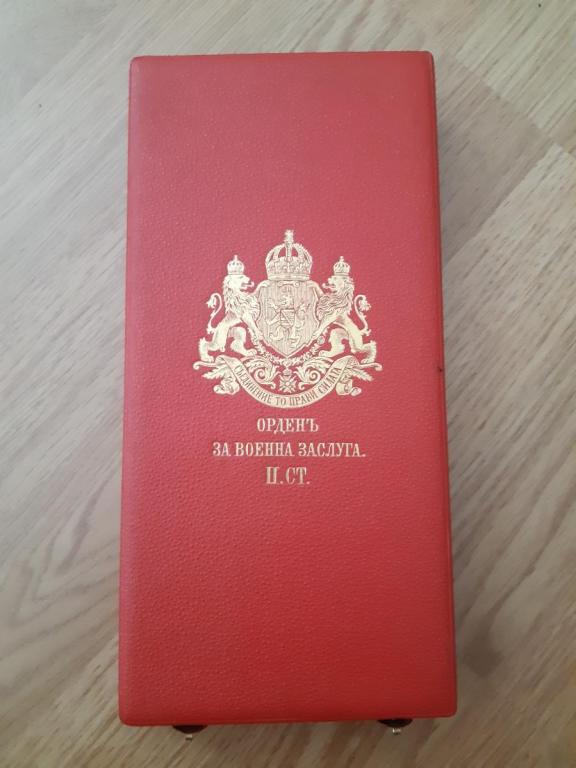
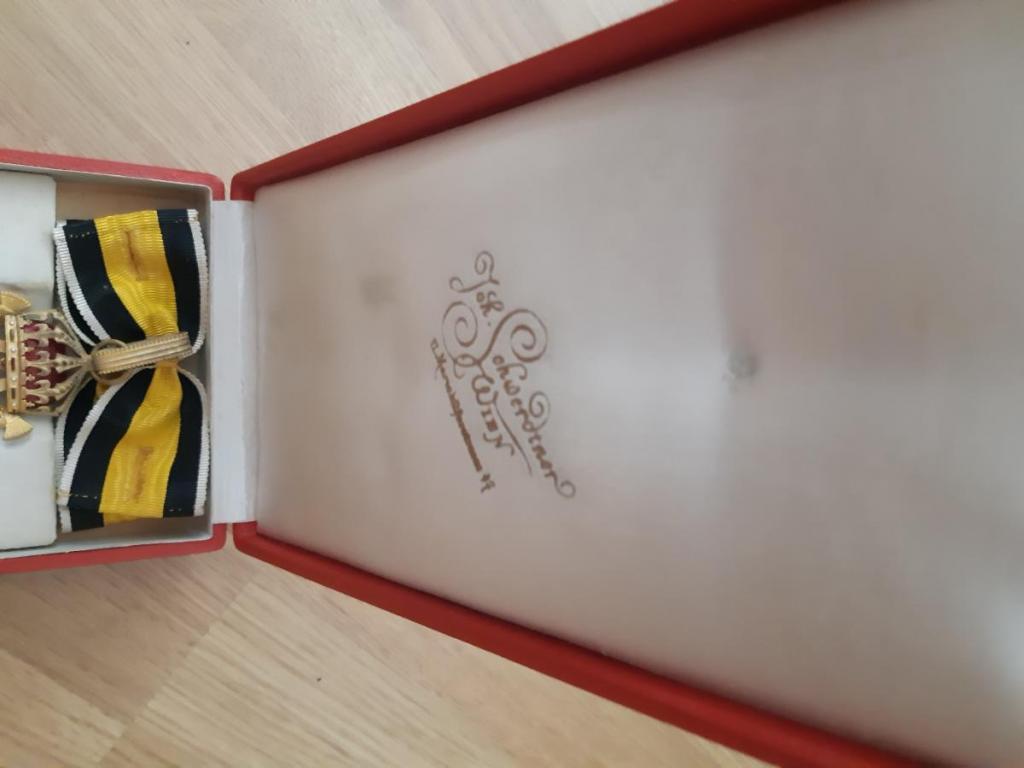
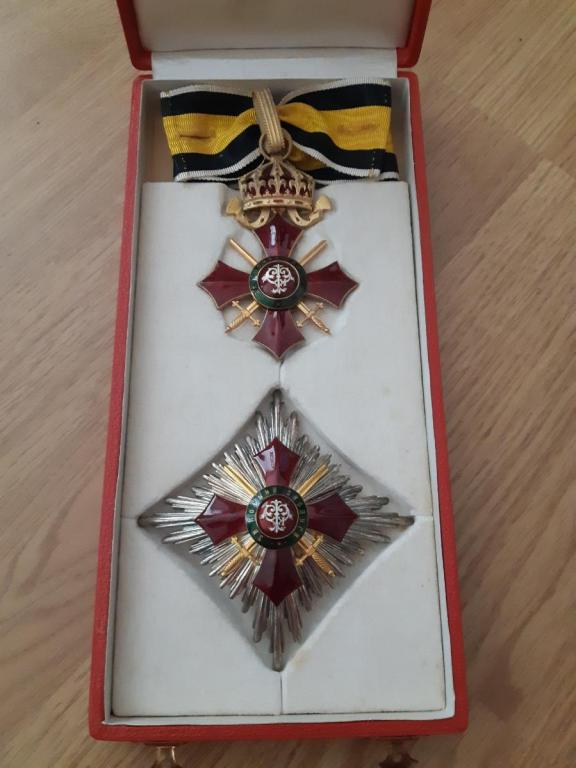
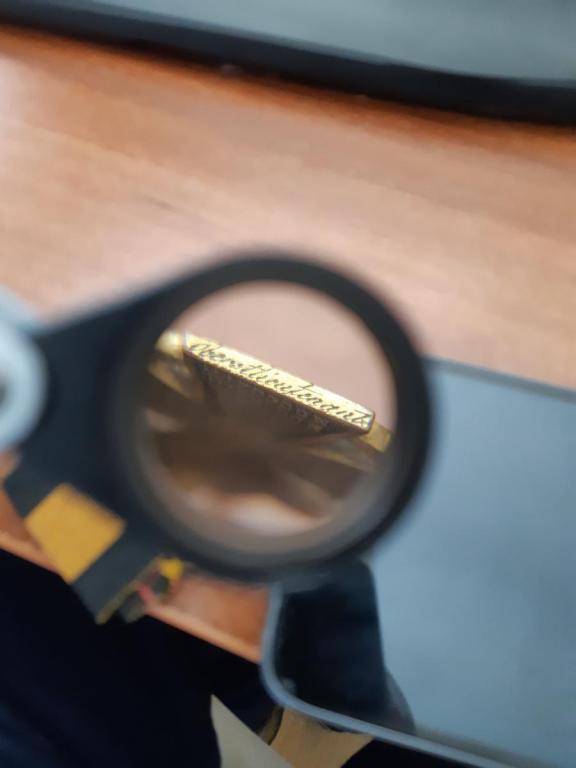
-min.thumb.jpg.cbb95d332becbc6357bd584e0d7fd9c0.jpg)
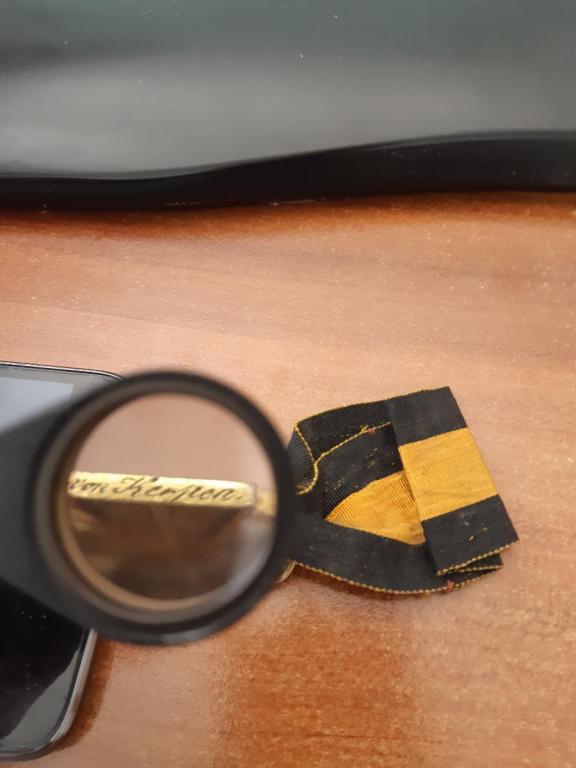
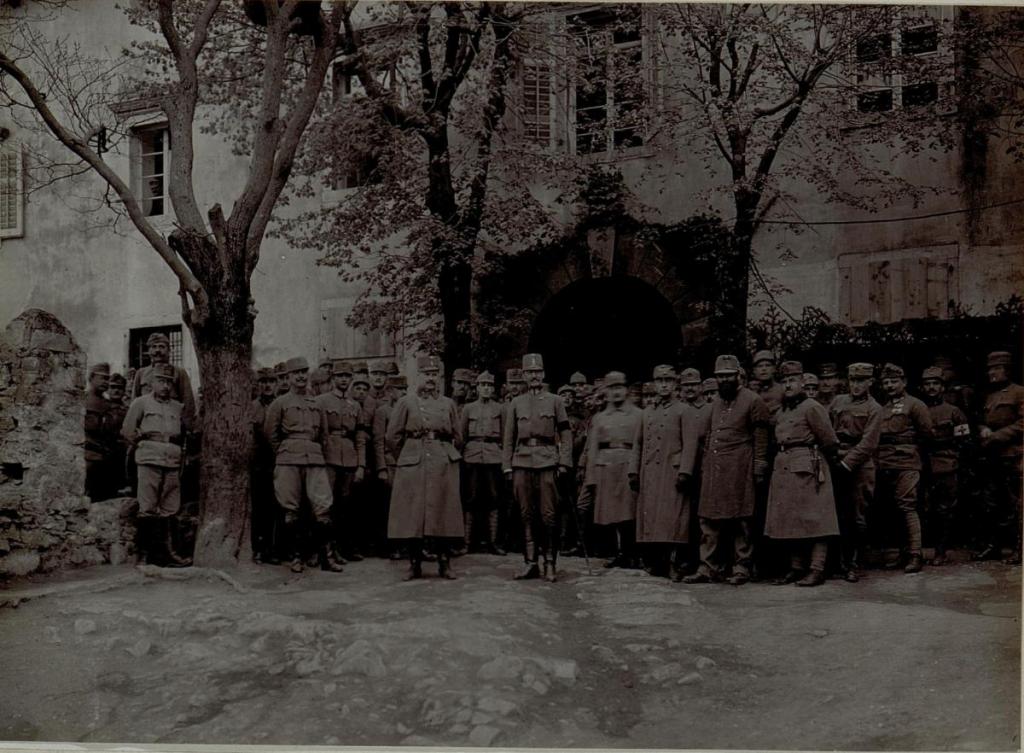
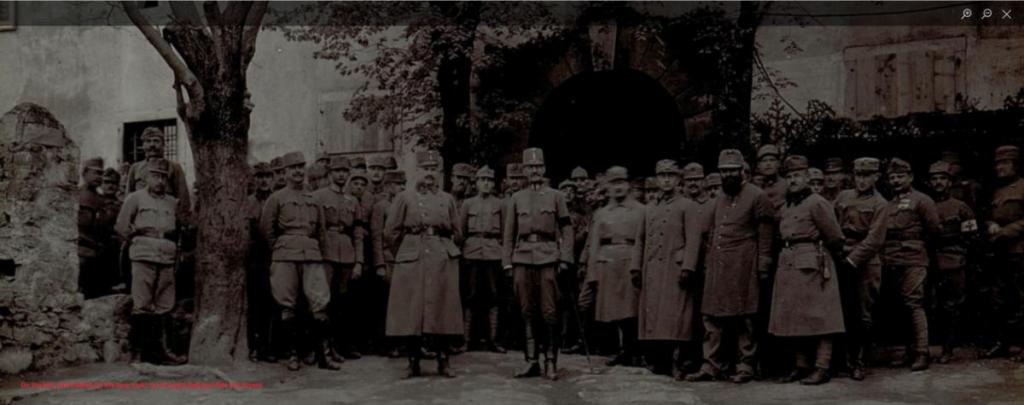
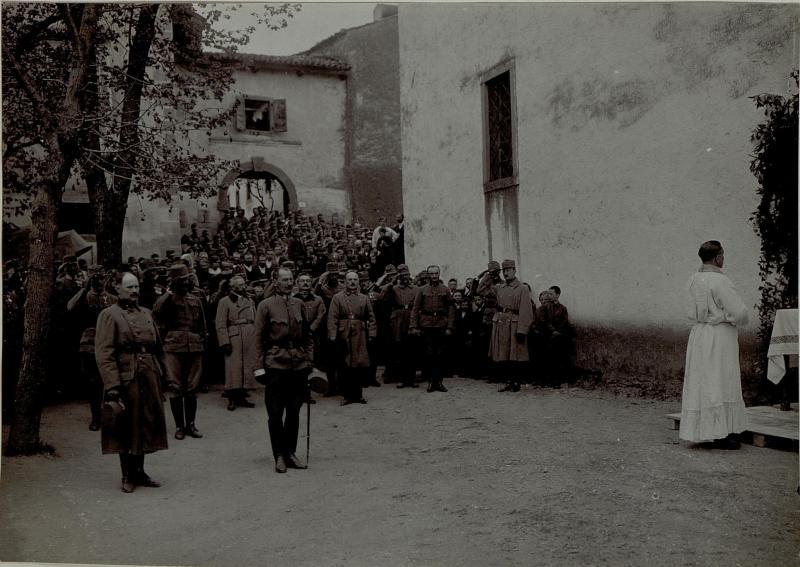
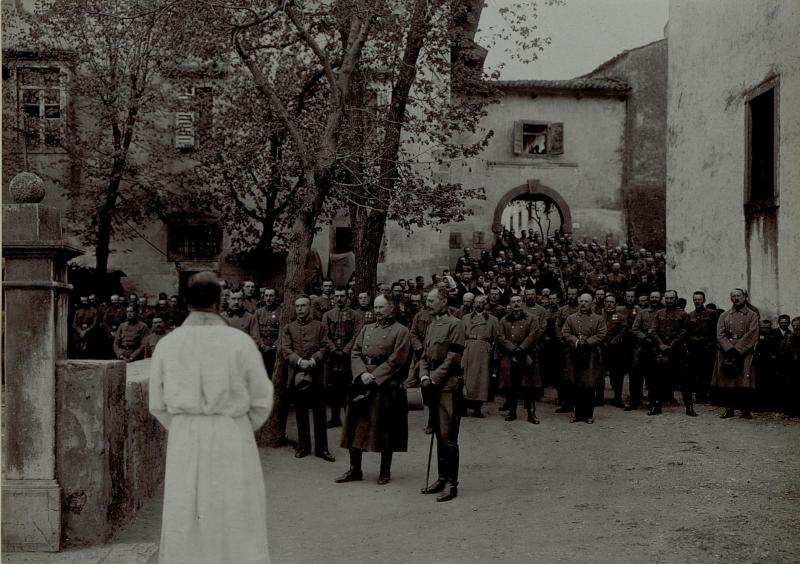
.thumb.jpg.645b4a2739eed469a8f90b9e16252bad.jpg)

